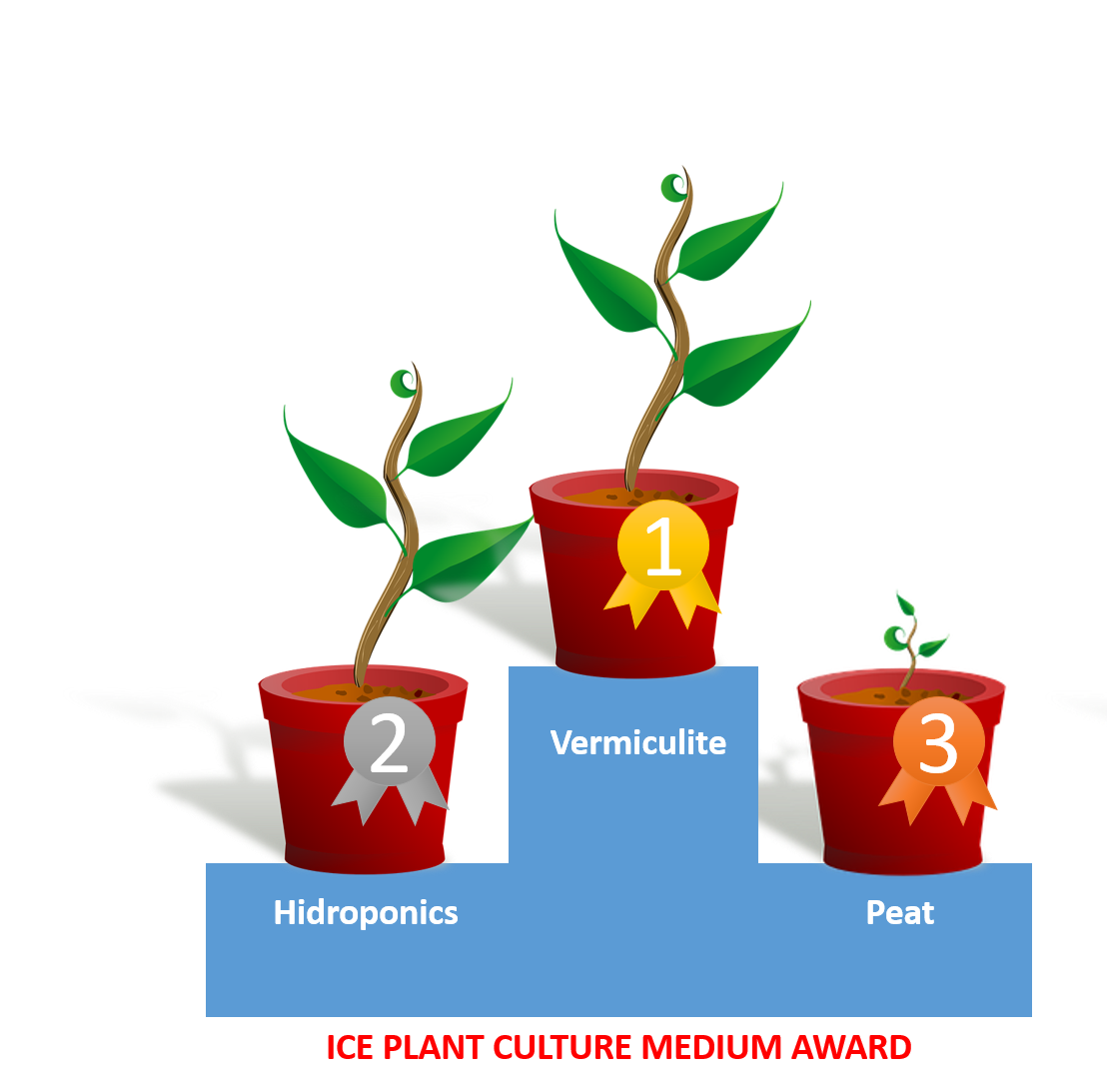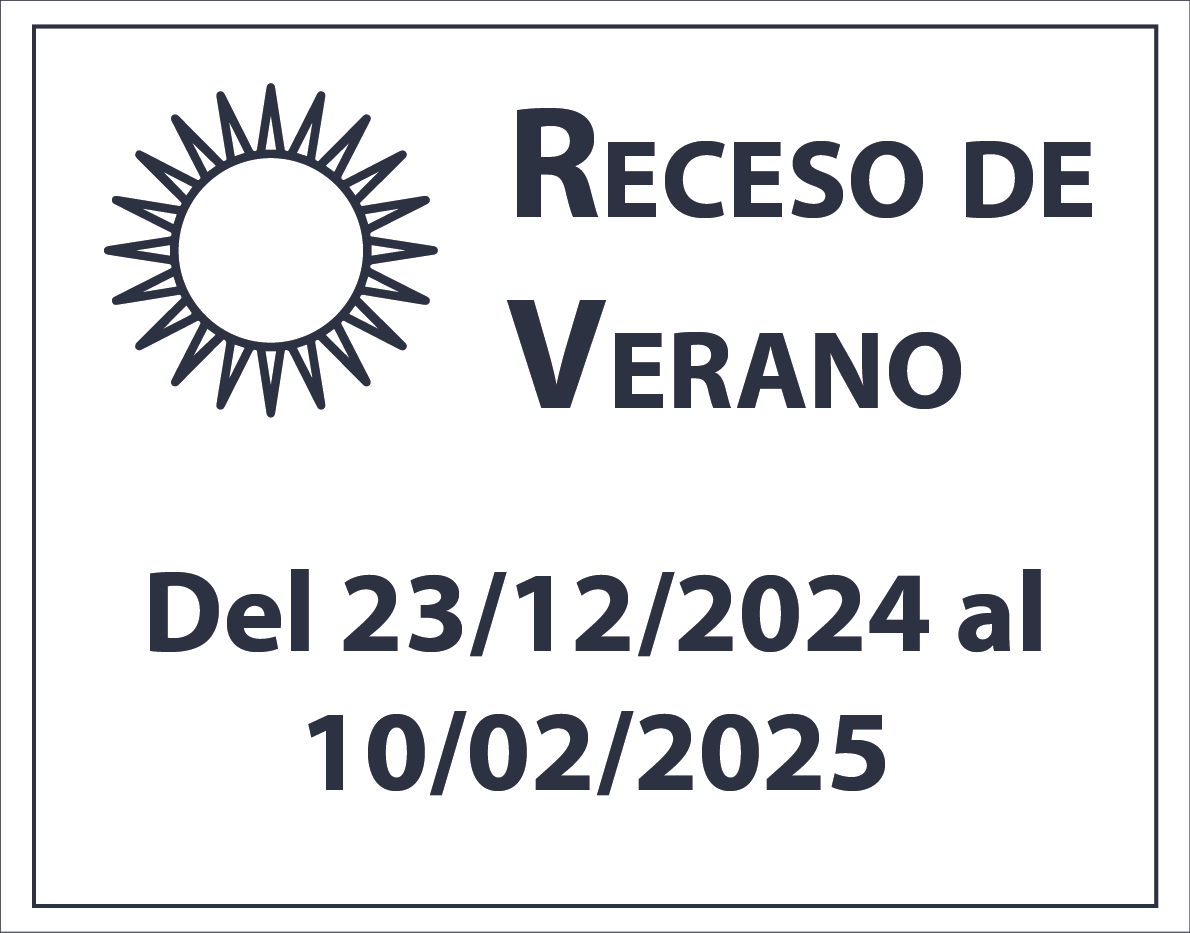Implementation of iceplant production under semi-controlled conditions
DOI:
https://doi.org/10.48162/rev.39.038Palabras clave:
Mesembryanthemum crystallinum, cultivo hidropónico, sustratos, cultivo en macetaResumen
Mesembryanthemum crystallinum is considered a drought and saline stress-tolerant plant with many biological activities that has been revalued as cool flavouring plant. The objective of this work was to assess optimum mode of cultivation of M. crystallinum to produce edible parts under greenhouse conditions. Therefore, three soilless media were evaluated: peat, vermiculite and hydroponic culture. Pot culture in peat did not result to be a good substrate for iceplant, with little biomass production. However, vermiculite and hydroponics allowed optimum growth of M. crystallinum, with a significantly greater yield in plants grown in vermiculite irrigated with nutrient solution. In fact, plants cultivated in vermiculite enhanced leaf area and leaf fresh weight, together with high foliar concentrations of N, Mg, Mn, Fe, Na, clorophylls and carotenoids. Furthermore, increased succulence and Na concentration of edible parts of glacier lettuce grown in vermiculite can offer more interesting taste, consistence and nutrient content for consumers.
Higlights
- Hydroponic and vermiculite cultures led to optimum crystallinum growth.
- Peat pot culture did not seem to be an adequate substrate to cultivate crystallinum.
- Ice plants grown in vermiculite presented highest leaf fresh yield and high foliar N, Mg, Mn, Fe, Na, chlorophyll and carotenoid concentrations.

Descargas
Publicado
Número
Sección
Licencia
Derechos de autor 2018 Revista de la Facultad de Ciencias Agrarias UNCuyo

Esta obra está bajo una licencia internacional Creative Commons Reconocimiento-NoComercial-CompartirIgual 3.0.
Aquellos autores/as que tengan publicaciones con esta revista, aceptan las Políticas Editoriales.



